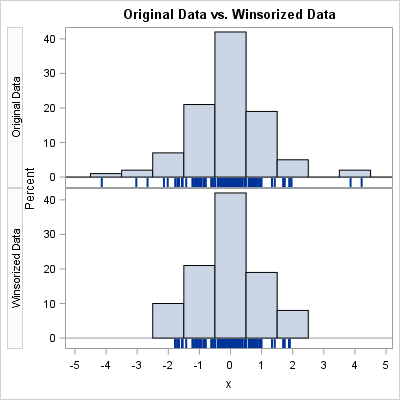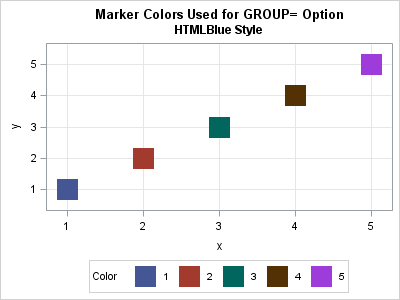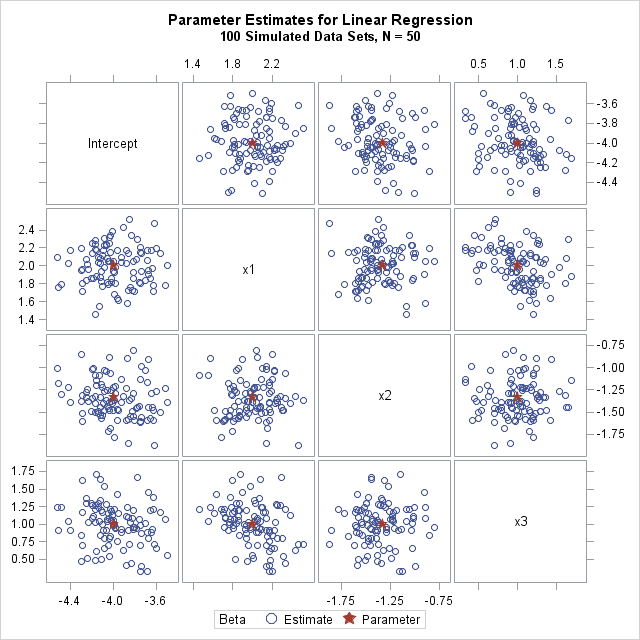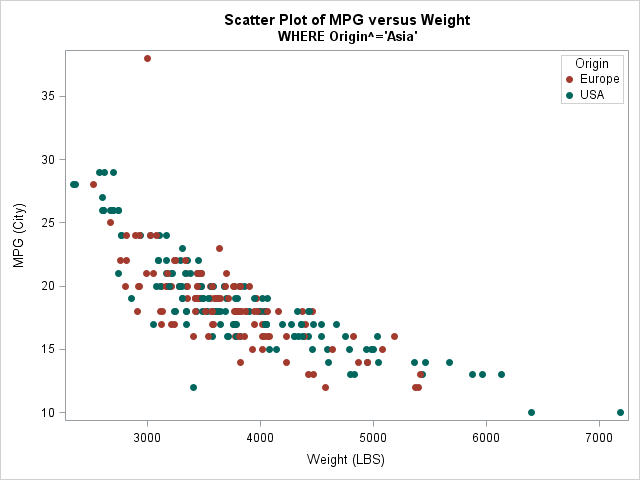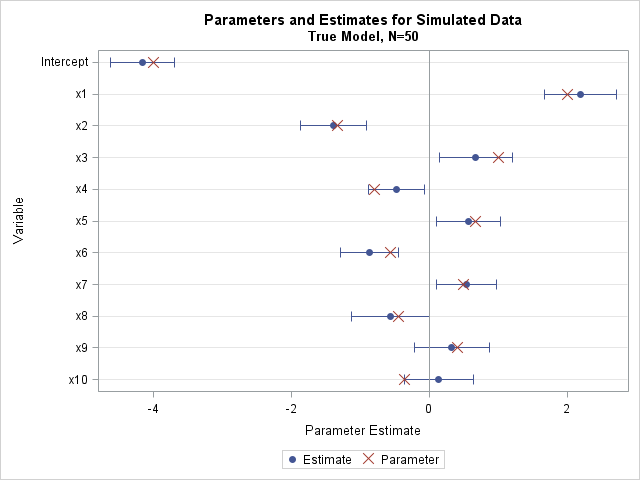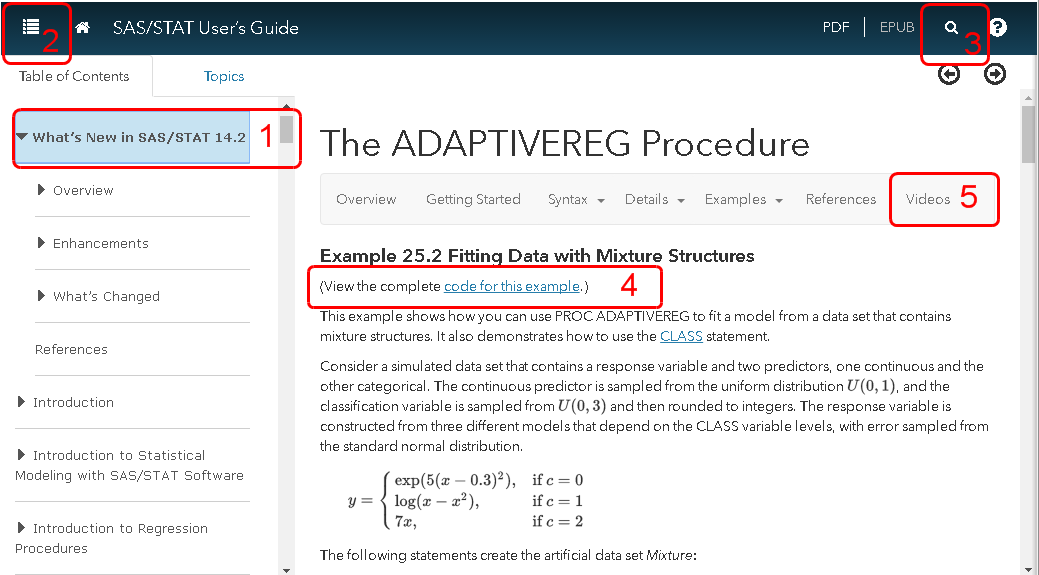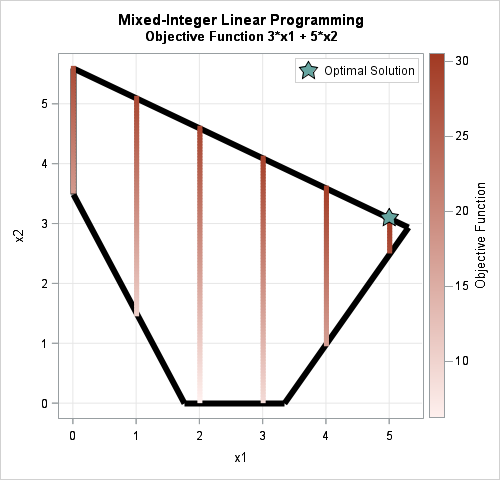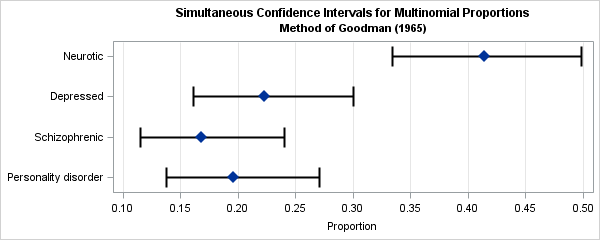
A categorical response variable can take on k different values. If you have a random sample from a multinomial response, the sample proportions estimate the proportion of each category in the population. This article describes how to construct simultaneous confidence intervals for the proportions as described in the 1997 paper



